«Sincerity is a great obstacle that the artist must overcome»
«Nothing is known, everything is imagined»
(Fernando Pessoa, El poeta es un fingidor)
Three art galleries based in Bologna – Forni, Spazia, and Studio la Linea Verticale – have joined forces to pay homage to painter Alberto Colliva, who passed away last July, with the show “The Deception of the Image”. This exhibition, spread across these three venues, retraces the career of a great but private artist: an artist who, throughout his life, always kept away from the spotlight. Alberto Colliva (1943–2023) made his debut in 1962 at the Atelier Battibecco, an artist-run space located in the heart of Bologna that was active for a short time. He exhibited there with two young colleagues, Maurizio Bottarelli and Franco Filippi. The three artists shared a certain scepticism for new art trends, which at that time were predominantly oriented towards informal art, instead pursuing highly personal research marked by endless experimentation.

Alberto Colliva, Untitled, 1998. Oil on canvas, 120×100 cm. Courtesy Studio la Linea Verticale
Chronologically, the exhibition’s path begins at Galleria Forni (via Farini, 26/F) with Colliva’s artwork from the 1960s and 1970s that depict dreamlike interiors, undefined spaces between imagination and reality, and visions of apocalyptic worlds. “It is difficult to resist the immediate charm that Colliva’s paintings exert, due to the enigma they evoke,” Roberto Tasso writes in the critical introduction written in 1976 which the gallery has reissued to commemorate the collaboration they had with the artist in the 1970s. We cannot but agree: upon entering the first room, the oil paintings on canvas portraying rooms and passages lead the observer to question what they are looking at. What is behind that door? Behind the walls? Beneath the plaster? Who inhabits these spaces devoid of human figures? What do we know of the fourth dimension? Time is suspended. Perhaps it is a dystopian future, or perhaps a fragmented past made of memories that blend into an indecipherable tangle. Or maybe it’s the present, that of the observer who gets lost in tricks of perspective, clear illusions hidden among the sharp edges of technically perfect paintings, rivalling Renaissance art. However, Colliva’s works do not aim to convey inner peace but rather to disturb it, as if that order were not actually possible, and the impenetrability of the work lies in its not revealing itself, like a riddle.

Alberto Colliva, L’inganno dell’immagine, exhibition view, Galleria Forni, Bologna, 2023. Courtesy Galleria Forni
The three paintings on the left of the first room depict doorframes, each filled differently: the first seems blocked, the second introduces an altered dimension as if it were a portal, and the third opens onto a mysterious environment. These doors, along with the dreamlike spaces of the paintings on the right, evoke the disturbing atmosphere of certain Kafka stories, especially “Homecoming” (“Heimkehr”), a short work by the Czech writer where once-familiar domestic interiors suddenly become unwelcoming, strange, unheimlich, generating a sense of disorientation in those who inhabit them. Looking at Colliva’s works, his friend and colleague Bottarelli remembers him not only for his great skill and intelligence but also his wide interests, including literature, particularly his fascination with Fernando Pessoa, while also reiterating that at the time of their joint debut, what drove them was primarily the desire to assert their own personal language independent of trends and influences. As for the rejection of contemporary avant-gardes, Colliva had never expressed an ideological opposition: his was a deliberate choice, a desire to transcend art in his own way, challenging it within the boundaries of his dearest territory: the painted canvas.

Alberto Colliva, Untitled, 1988. Courtesy Galleria Spazia
At Galleria Spazia (via dell’Inferno, 5), the focus is on the works of the 1990s, characterized by pieces of various sizes using mixed techniques, depicting drapery and sinuous forms that blend into chiaroscuro. The large circular canvas in the first room pays homage to Michelangelo’s “Doni Tondo” while depicting an inextricable tangle of shapes, some of which are recognizable as details of human anatomy emerging from a composition that is anything but intelligible. The more one feels close to recognizing individual elements, the darker the overall vision appears, and the attempt to find a reassuring solution to this visual enigma appears to be in vain. Observing the paintings in this series is like looking at clouds, trying to see beyond the retina’s wall to access a hidden depth of meaning. However, in these paintings there is neither sky nor earth, while the yellow background texture seems to harken back to a remote past in which empty spaces introduce painted shapes as if they were fragments of a changing, aggregating, or disintegrating vision.
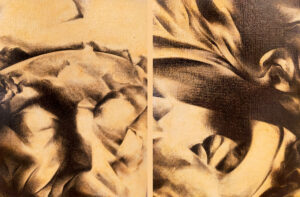
Alberto Colliva, Untitled, 1986. Oil on canvas, 90,5 x 90,5 cm. Courtesy Galleria Spazia
The last two rooms host the most disturbing paintings by Alberto Colliva: while some of them might suggest an oneiric quality, with elements of eroticism, others appear more like nightmares — although it is difficult to establish clear lines in the intricacies of such a dreamlike fabric. Among the paintings in this series, one in particular recalls Henry Füseli’s “The Nightmare”: the foreground drapery blends into a single figure while two small eyes emerge from the background, further blurring the rigidity of reassuring meaning that transpires from a clear symbology. The paintings also evoke the presence of a visual disturbance, a kind of disruption in perception, a theme Colliva had already explored in some of the paintings exhibited at the Galleria Forni: it is as if solid matter, such as the wood of a door, is entangled with itself. This characteristic almost seems to foreshadow certain contemporary images produced by generative artificial intelligence, imperfect works that can easily reveal their flaws to an expert eye but are, in fact, entirely new. It is in such empty areas, in the white space between one image and another, that this tool operates, finding in those gaps the opportunity to innovate. Is it perhaps the same for Colliva? Is his art an homage to the “in-between,” to the emptiness in the midst of fullness, to the uncertain more than the secure?

Alberto Colliva, Untitled, 2005. Oil on canvas, 45×35 cm. Alberto Colliva, Untitled, 2009. Oil on canvas, 180×75 cm. Courtesy la Linea Verticale
La Linea Verticale (via dell’Oro, 4) houses the artist’s most recent works from the 1990s and 2000s. The last period is the most essential: the dreamlike worlds and metaphysical environments devoid of human presence tend to disappear, making room for the empty white canvas. The images, in their play of light and shadow, resemble skulls folding in on themselves, revealing dark inner spaces. These inquisitional devices are akin to the memento mori skull but act in reverse by introducing the enigma of life — a question to which one can only attempt to provide an answer. A series of 40×40 canvases reveals the use of adhesive tape as a fundamental part of Alberto Colliva’s creative arsenal. The most recent among the exhibited works is a door — or what remains of it — from 2009: a large hole widens through the wood, which appears burnt and swollen, and introduces the white colour that pervades the space. Is it the nothingness of a beginning? Or the wholeness of an ending? Or vice versa? Or both? It could also be a simple moment of honesty in which the deception of representation is revealed. Beyond the door, no dreamlike worlds are glimpsed, but the hollowness painted beyond the doorway brings us back to the reality hidden behind the illusion.
Nome Autore
Info:
Alberto Colliva, L’inganno dell’immagine
critical text by Pasquale Fameli
30/09/2023 – 07/10/2023
Galleria Forni
via Farini 26/F, 40124 Bologna
galleriaforni.com
30/09/2023 – 21/10/2023
Galleria Spazia
via dell’Inferno 5, 40126 Bologna
galleriaspazia.com
30/09/2023 – 04/11/2023
Studio la Linea Verticale
Via dell’Oro 4B, 40124 Bologna
studiolalineaverticale.it
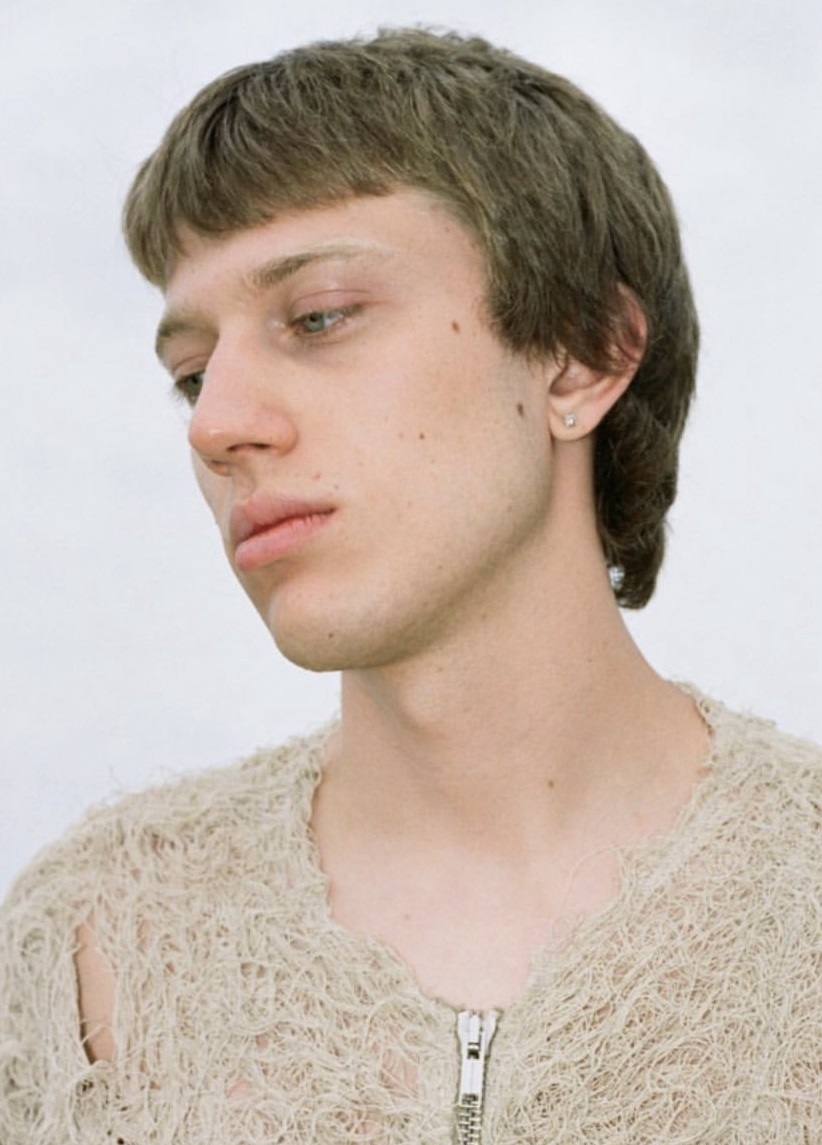
Born in Bologna, he studies fashion design and multimedia arts at the IUAV in Venice. He believes in the possibility of crossing boundaries between disciplines and that art can have an active role in breaking down inequalities and uniting people by creating communities.


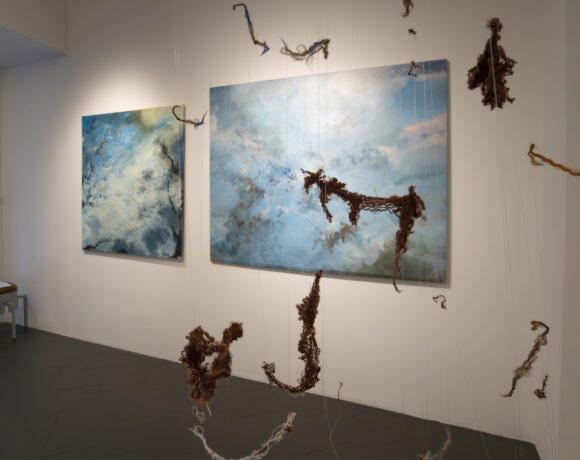
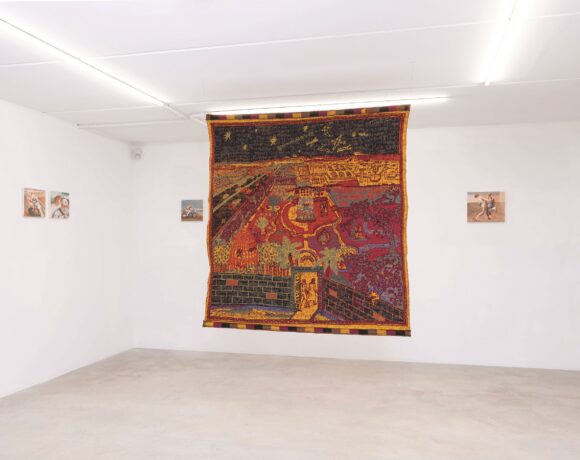
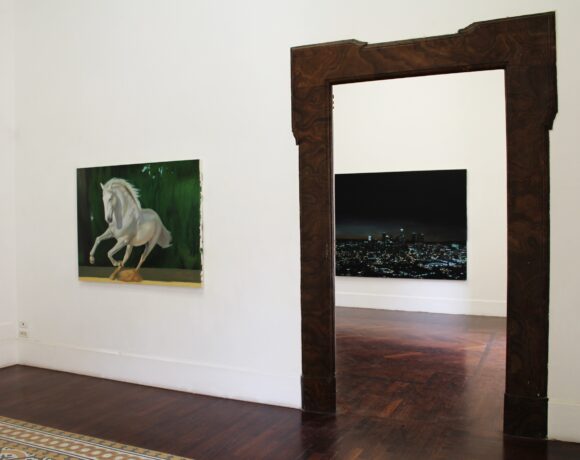

NO COMMENT